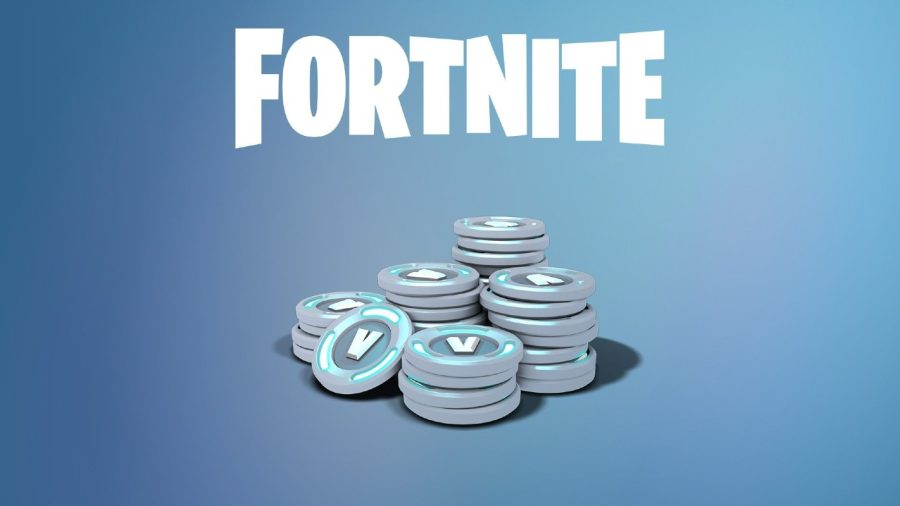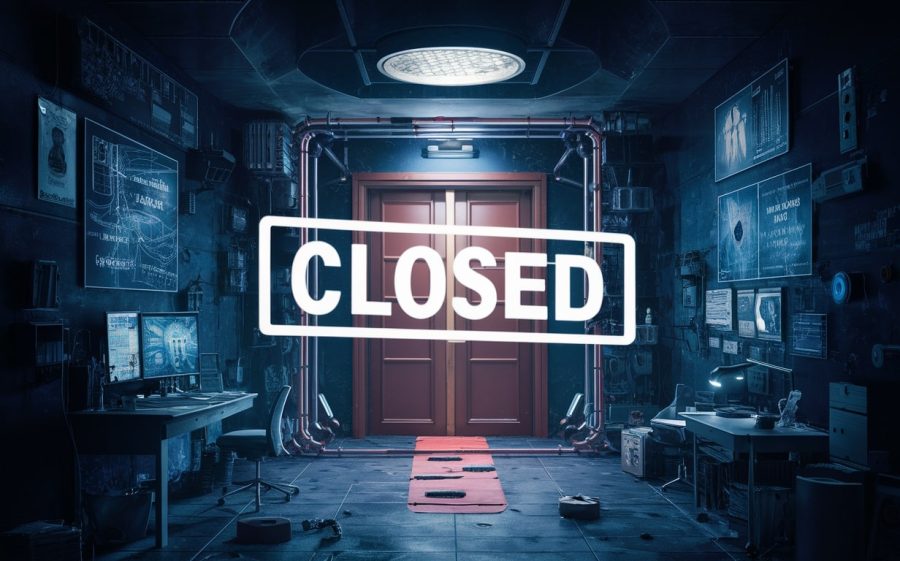
“The landscape has clearly changed,” U.S. District Court Judge Ellen Huvelle told a hearing into AT&T’s proposed acquisition of T-Mobile from Deutsche Telekom, according to this morning’s Wall Street Journal. When the deal was proposed in March, it appeared to be rolling like a juggernaut, and the Justice Dept. sought expedited proceedings to address the urgency. Today, federal attorneys are seeking to slow down the case, after AT&T withdrew its petition for approval of the deal from the Federal Communications Commission, while immediately afterward AT&T said it would continue to pursue the merger.
As of Friday evening, the deal was, as one veteran telecom industry attorney told Reuters, “pretty close to dead.” If that’s the case, does T-Mobile soldier on? Or is it, to coin a phrase, pretty close to dead? ReadWriteWeb has convened the Panel of Esteemed Grown-ups to discuss no less than the fate of the U.S. wireless industry (left to right):
Ross Rubin, Executive Director and Principal Analyst, NPD Connected Intelligence
Mark Beccue, Senior Analyst for Consumer Mobility, ABI Research
Jan Dawson, Chief Telecoms Analyst, Ovum
Carmi Levy, contributing analyst, CTV News Channel
Just what did they expect?
“My feeling from the beginning has been, this felt like it was using a sledgehammer to crack a nut,” says Ovum’s Jan Dawson. He’s talking about the part of the proposed deal that AT&T has said from the beginning was its key objective: the integration of the two companies’ 4G LTE wireless networks.
“If the objective really was just to get spectrum, access to cell towers, then spending the $39 billion to acquire the entire company just felt like overkill. If you look at T-Mobile on paper, those are the main assets they have,” Dawson goes on. “They have a customer base that they’ve struggled to grow; the brand is pretty good, but it does look like AT&T was planning on eliminating that. So you’re kinda wondering, do you really need to acquire the whole company to get this? You wonder if somewhere, in all of this, part of the motivation was that AT&T had lost the #1 spot in terms of number of subscribers to Verizon awhile back, and they felt the best way to get it back on a pretty permanent basis was to cement its position as the largest wireline carrier, the largest DSL carrier, and the largest wireless carrier in the U.S.”
“ There’s no reason why competitors can’t partner up on initiatives. Bell and Telus built a consolidated 3G network, recognizing that the size of the market and the geographic coverage to reach that market did not justify a single-company investment.”
Carmi Levy
Contributing analyst, CTV News Channel
After AT&T announced its intentions last March, telecoms analyst firm ABI Research went on the record as believing “at the end of the day, the deal will go through in one form or another.” Granted, the day has not ended, but this deal may already be history.
In fact, ABI’s Mark Beccue isn’t prepared to stick a fork in it even now. As he explains to us, “AT&T’s very clear about what they want [T-Mobile] for. They want the spectrum, because they’re succeeding and they need it.”
But T-Mobile’s cell towers make for a nice little prize on the side, Beccue goes on. When you consider the licensing and construction costs for building cell towers on a local level, he says, it’s too great an expenditure of both money and time now for a company of any size to undertake on its own. AT&T would gain increased capacity and better service, and one might be surprised to learn that even at a $39 billion price tag, that’s a bargain.
Beccue disagrees entirely with Dawson’s assessment of AT&T’s motives. “At the highest level – AT&T, Sprint, and Verizon – what do they need? They don’t need subscribers. They’ll go get them on their own. What they need is assets.”
What did the government think it could accomplish?
While the FCC claims it’s upholding a principle of preserving free and fair competition in presenting its objections to the merger deal thus far, Beccue believes that the current free and fair market does not necessarily want competitors to be artificially preserved like jellies and jams. “It’s puzzling to me why the government would be opposed to this merger. They’re not thinking about what would happen if they don’t allow it to happen. And I think that’s pretty dangerous.”
The ABI analyst points out that T-Mobile has been trying to sell its U.S. property to someone for years. Its parent company, Deutsche Telekom (T), never put its heart into T-Mobile, he says. And in a way, the act of not wanting to put the effort into T-Mobile to make it competitive, to make it leapfrog over #3 Sprint, creates a kind of Darwinian competition, the result of which being that only AT&T would want to buy it.
“The government’s saying, ‘You can’t sell it to somebody who wants it.’ And nobody else wants it,” Beccue remarks. Although government regulators make the argument that preserving T-Mobile makes Sprint stronger, he believes, Sprint itself demonstrated the opposite by not wanting to buy T-Mobile when it had the opportunity.
NPD’s Ross Rubin disagrees with several more of Beccue’s points, including that no one else but AT&T would want T-Mobile’s assets. “If the merger falls through, then a number of things could happen, but clearly Deutsche Telekom has indicated that they want to divest themselves of this operation. And there’s been some discussion over whether it could be acquired, perhaps, by a satellite provider such as Dish.”
Now that Sprint will be moving to LTE along with its competitors, Rubin says, it could conceivably add T-Mobile’s spectrum holdings in the 1.7 GHz band to its own. LTE is not only a more expensive infrastructure to build and maintain, he points out, it requires sophisticated smartphones that will remain on the high end of the value scale for some time to come. What every competitor needs in this market needs to compete is a type of scale that Beccue didn’t mention.
“It is difficult or impossible to compete if you’re not offering subsidies on smartphones,” states Rubin. “You can’t just be a post-paid wireless carrier in the U.S. without doing that. So to the extent that T-Mobile – as an independent entity or part of another organization – would continue to be in the consumer cellular business, it would need to continue to offer subsidies to be viable.”
“If the objective really was just to get spectrum, access to cell towers, then spending the $39 billion to acquire the entire company just felt like overkill.”
Jan Dawson
Chief Telecoms Analyst, Ovum
Doesn’t that mean, we asked Rubin, that any prospective post-AT&T purchaser of T’s U.S. assets would have to be at least no smaller than Dish Network, in order to continue to have enough cash on hand to subsidize at least a few brand-name 4G phones? Not if multiple companies are willing to pool their resources, Rubin responds, pointing out last week’s deal by Verizon to purchase spectrum held by cable companies, including Comcast, in exchange for scaling out their triple-play service offerings.
The word that’s used to describe a deal that may enlarge a company’s reach in a (presumably) good way, without entering it into too many monopolies in a bad way, is “horizontal.” Verizon’s deal with the SpectrumCo alliance could be described that way; it was used by the FCC in 2004 to describe what it then perceived as the positive benefits of a merger between the old AT&T Wireless and Cingular; and it’s also been used by AT&T and others to characterize the potentially positive buildout of its 4G holdings while maintaining competitive par with Verizon and Sprint.
“It’s difficult to escape the irony. A horizontal combination of service is a euphemism if ever there was one,” states Carmi Levy. “It’s essentially another word for less competition.
“In 2004, when you had more players on the playground, the FCC might have found it acceptable to have relatively fewer, more bulked up players providing those horizontally combined services. But in 2011, where you’ve already gone through an additional seven years of industry consolidation, and now the giants loom that much larger, the FCC is probably looking at the end of the era of consolidation, and asking itself, ‘When do we begin to say no? When is horizontal combination too much for consumers to bear? When does it begin to erode competition to the point that we essentially have a monopolistic landscape?'”

Ross Rubin, Executive Director and Principal Analyst, NPD Connected Intelligence
Mark Beccue, Senior Analyst for Consumer Mobility, ABI Research
Jan Dawson, Chief Telecoms Analyst, Ovum
Carmi Levy, contributing analyst, CTV News Channel
Why not a joint venture instead?
After the FCC issued its objections to the deal, it was reported that AT&T was considering an alternative plan – perhaps a joint venture – with T-Mobile, one which would allow them to share each other’s infrastructure and resources while continuing to compete for exclusive customers with their own respective phones. Back in March, AT&T characterized such a deal as impossible. If it’s possible now, why wasn’t it possible nine months ago? Has the landscape changed that drastically?
“There’s no reason why competitors can’t partner up on initiatives,” CTV News Channel contributing analyst Carmi Levy tells RWW, citing as an example the partnership struck in 2009 between wireless carriers Bell and Telus in his native Canada. “Bell and Telus built a consolidated 3G network, recognizing that the size of the market and the geographic coverage to reach that market did not justify a single-company investment. The ROI didn’t work out for either one of them to invest in its own network and end up with two parallel networks across the country.”
Ovum’s Jan Dawson cites other network sharing agreements in his native U.K. and elsewhere in Europe, including between France Telecom subsidiary Orange and – ironically – T-Mobile UK. Though that deal faced scrutiny from French, British, and E.U. officials, it resulted in the sharing of both carriers’ 3G infrastructure.
“The government’s saying, ‘You can’t sell it to somebody who wants it.’ And nobody else wants it.”
Mark Beccue
Senior Analyst, ABI Research
“When the DOJ first said it would be suing to stop the merger, we said, ‘Why didn’t [AT&T and T-Mobile] go for this in the first place, and why aren’t they considering it now?’ The DOJ and the FCC objected to the idea of eliminating a competitor in the market. And an acquisition does that, whereas a network sharing agreement really doesn’t. It could actually strengthen both parties as they seek to compete. This has always made more sense to me than the merger, and I think it’s more likely to pass regulation muster as well.”
But would a “new T-Mobile,” having survived failure to be absorbed into AT&T, survive as a brand if it partners jointly with AT&T or anyone else (Dish, Sprint, Telefónica?) Ross Rubin cites Sprint’s recent rise from the dead – abysmal customer satisfaction scores, post-paid customer leakage – to re-emerge as at least a contender for the U.S. consumer mindset. “Americans love a bargain much more than they might care about being perceived with a loser,” he said, in so doing shredding the famous Gen. Patton quote. He believes that a T-Mobile brand could survive, even thrive, as a value brand in marketplaces like big name department stores where pre-paid carriers with smaller, regional brands and limited ad budgets do quite well.
The T-Mobile brand would not survive if its assets end up acquired, Rubin predicts. But he reminds us that T-Mobile started out life as Omnipoint, then VoiceStream Wireless, before adopting its parent’s logo. “Customers are not necessarily attracted to the brand,” he says, as much as by “strong customer service and strong value pricing, particularly for high-speed data, compared to what Verizon offers with LTE.” Though smaller 3G carriers may not be able to compete with LTE speeds, they may fare well in terms of bandwidth for the dollar. So some part of T-Mobile, in Rubin’s mind, would live on.
“It is difficult or impossible to compete if you’re not offering subsidies on smartphones. You can’t just be a post-paid wireless carrier in the U.S. without doing that.”
Ross Rubin
Executive Director, NPD Connected Intelligence
ABI’s Mark Beccue thinks otherwise. While Verizon Wireless has successfully positioned itself as the high-quality network, from a marketing perspective, Beccue believes VZW is “slow, but sure-footed.” AT&T was flashier and more innovative in certain departments, focusing on a few high-value services to customers, and a few high-demand devices like iPhone. Sprint collapsed after the acquisition of Nextel, he says, when it stopped being able to define itself in the market, and stopped being able to serve its customers to even a mediocre degree. T-Mobile went for the low-cost market – the leftovers that the other three wouldn’t claim. “And it’s not working. They were the last one to come out with speedy networks, and it has cost them. That means that, a low-cost strategy doesn’t work for a national player.”
Though the failure of the merger won’t significantly impact T-Mobile’s present value proposition to everyday consumers, Beccue argues, they will be watching and wondering, he says: “Does T-Mobile have the willpower to sustain, to continue to go forward? They’ve got to fix something. What is it? What can they do? They’re trying to find buyers, and I’m not really sure what the other options are.
“This is how bad it’s getting: The government might lose this provider regardless of what it does. It could be down to three if you let the merger go through or you don’t.” Beccue foresees the possibility that T ends up auctioning off its U.S. assets for cents on the dollar, to buyers who may be no more than venture capitalists who didn’t have an interest in telecommunications two weeks ago, and has no clue how to run a network. “And then we’re still in the same place, with three national networks. Are we any better or worse?”









